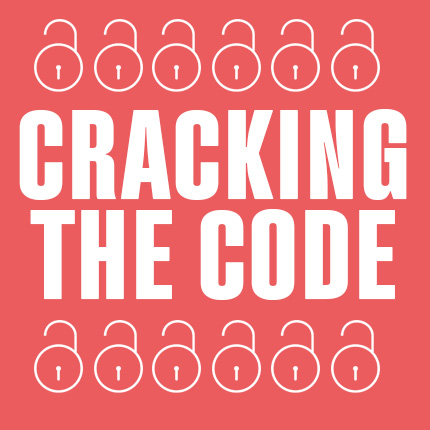Cracking the code of successful brands
Are the sensory elements of your brand distinctive enough that they serve you as a “brand code”?
Globally renowned marketing professor Mark Ritson describes brand codes as “things that loyal customers associate with the brand and, immediately on encountering them, they recognise the brand in question, even when the logo is yet to appear.” At Living Group, we invoke an indicative test by challenging our clients to cover the logo on their website and admit whether or not their homepage is identifiably theirs.
Brand codes are often associated with visual identity systems. Think: McDonald’s red and yellow palette, Tiffany’s blue box, Deloitte’s green dot, Volvo’s typography. Even the shape of a Coke bottle. Yet brands can leverage other senses as well. W Hotels spray their rooms with a distinctive signature scent. Many consumer brands are known for their commercial jingles or unique audio signatures like NBC’s chimes or the whistle used by P.C. Richard & Son.
With the current proliferation of podcasts, the use of audio brand codes creates new opportunities for all brands, especially B2B companies which may not have identified the need in the past.
Tapping into consumers' psyche, you want your brand code to trigger in your target audience an instantaneous awareness, familiarity and, ultimately, loyalty. Your goal should be the ability to capture your consumers’ mental availability in the moment of need. Whenever they’re looking for a product or service in your category, you want them to think of you – because recognition of your brand codes has secured a designated place in their memory. When the family on a car trip is hungry, you want the sight of red and yellow to make them crave McDonald’s French fries. When a C-suite executive is looking for a way to grow the business, you want the memory of Deloitte’s green dot to lead to a call to the consultant.
So how do you go about creating brand codes?
At Living, we focus on brand positioning and messaging as the foundation to building out the creative toolbox that will become a client’s brand codes. Together we craft an identity that is relevant to the marketplace and distinct from competitors. It can be disruptive – as long as the value proposition remains evident. Most companies already have logos, so it’s a matter of refreshing if warranted, but always looking for a meaningful way to extend that name and mark into a broader means of identity and recognition. Again, it’s important to imagine more than the visual sense.
To achieve memorability, it is crucial to embrace consistency and frequency. But you don’t need the budget of a global powerhouse brand to achieve the level of success you desire with your targeted audience. You simply need to strategically commit to immersing your marketing and communications efforts with your brand code. Be seen and heard – smelt and felt and tasted – where and when your consumers need you to be top of mind.
The success of brand codes relies as much on the creative strategy as on the experience strategy. Your application must be fanatical. But the rewards will be worth it. When the difference among the offerings of competitors is playing card thin, having an identity system of strong brand codes gives you a winning hand.
If you would like to know how we can help you create an engaging brand, please contact Duncan Shaw in New York, Greg Hobden in London or Gigi Yung in Hong Kong.

Latest views
Our latest insights, directly to your inbox







